American Fire Truck Crew (1910s) (100% new molds) 1/35
7,77€
In stock

*Please check our Privacy Policies to see how to we use your personal data.
*Por favor revisa nuestra Política de Privacidad para ver como tratamos tus datos personales
In the early 1870s, the United States experienced two of the largest fires in the country’s history, the Chicago Fire and the Boston Fire, which killed hundreds and destroyed many buildings. These events have prompted an increased focus on training and education of firefighters. In particular, by the end of the 19th century, training centers for firefighters were established in most major cities, and in 1909 the Firefighter College opened in New York.
With the advent of a large number of cars in the United States, they began to be used for a large number of tasks, including for performing the fire service. The vehicles have made it possible to reduce the response time to incoming fire alarms, and the efficiency of fighting fires has increased. In addition to performing the tasks of fire protection in cities, fire engines were used to protect warehouses, airfields and army camps from fire.
– Includes 4 firefighters, a boy and a cat
– Highly detailed clothing and equipment
SCALE
1:35
TIME PERIOD
Before 1950
BOX SIZE
247 x 183 x 33 mm
NUMBER OF DETAILS
48
FIGURES COUNT
5
A principios de la década de 1870, Estados Unidos experimentó dos de los incendios más grandes en la historia del país, el Chicago Fire y el Boston Fire, que mató a cientos y destruyó muchos edificios. Estos eventos han provocado un mayor enfoque en la capacitación y educación de los bomberos. En particular, a fines del siglo XIX, se establecieron centros de capacitación para bomberos en la mayoría de las ciudades importantes, y en 1909 se inauguró el Firefighter College en Nueva York.
Con el advenimiento de una gran cantidad de automóviles en los Estados Unidos, comenzaron a usarse para una gran cantidad de tareas, incluso para realizar el servicio de bomberos. Los vehículos han permitido reducir el tiempo de respuesta a las alarmas de incendio entrantes y ha aumentado la eficiencia de la lucha contra incendios. Además de realizar las tareas de protección contra incendios en las ciudades, se utilizaron camiones de bomberos para proteger del fuego almacenes, aeródromos y campamentos militares.
– Incluye 4 bomberos, un niño y un gato.
– Ropa y equipo muy detallado.
ESCALA
1:35
PERIODO DE TIEMPO
Antes de 1950
TAMAÑO DE CAJA
247 x 183 x 33 mm
NÚMERO DE DETALLES
48
NUMERO DE FIGURAS
5




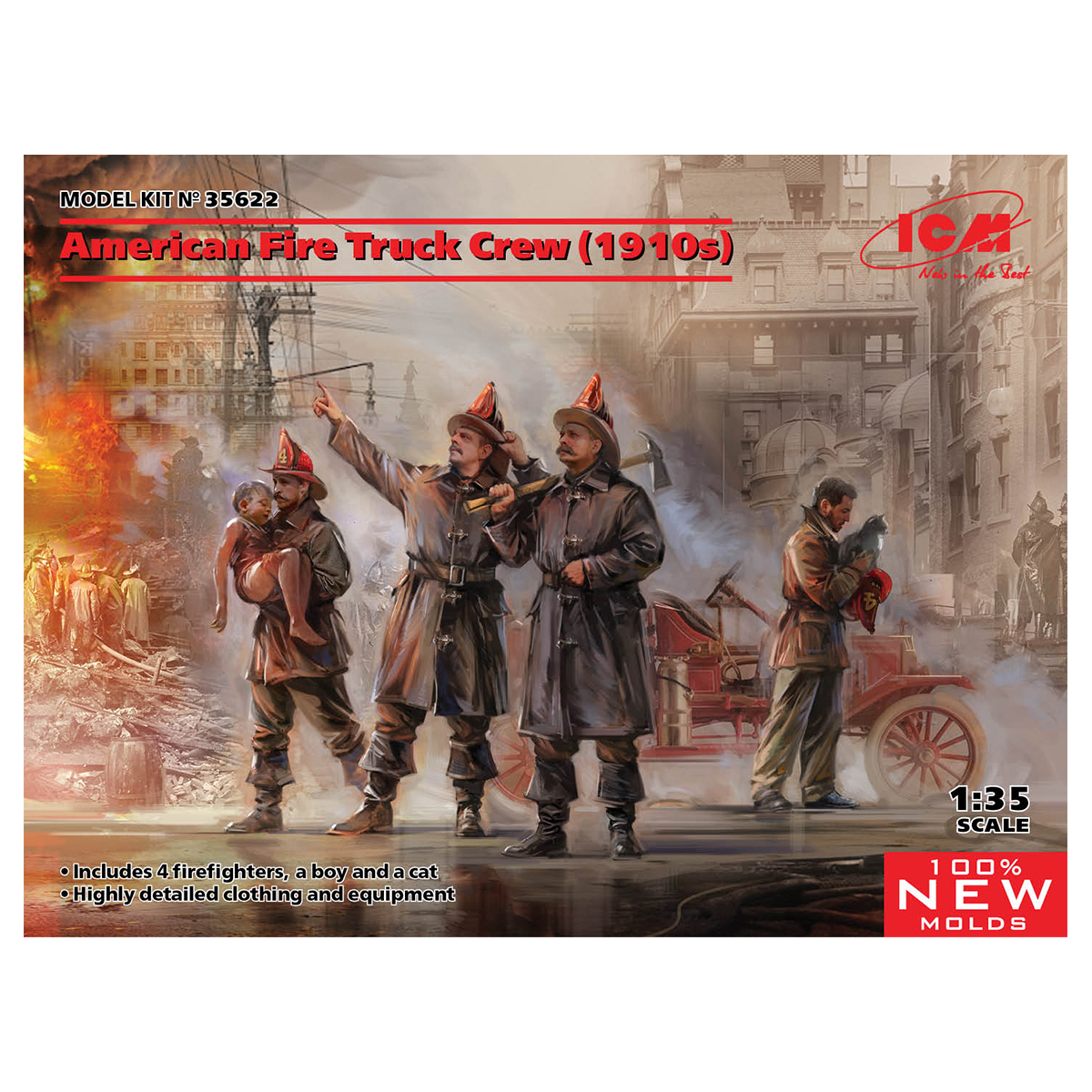

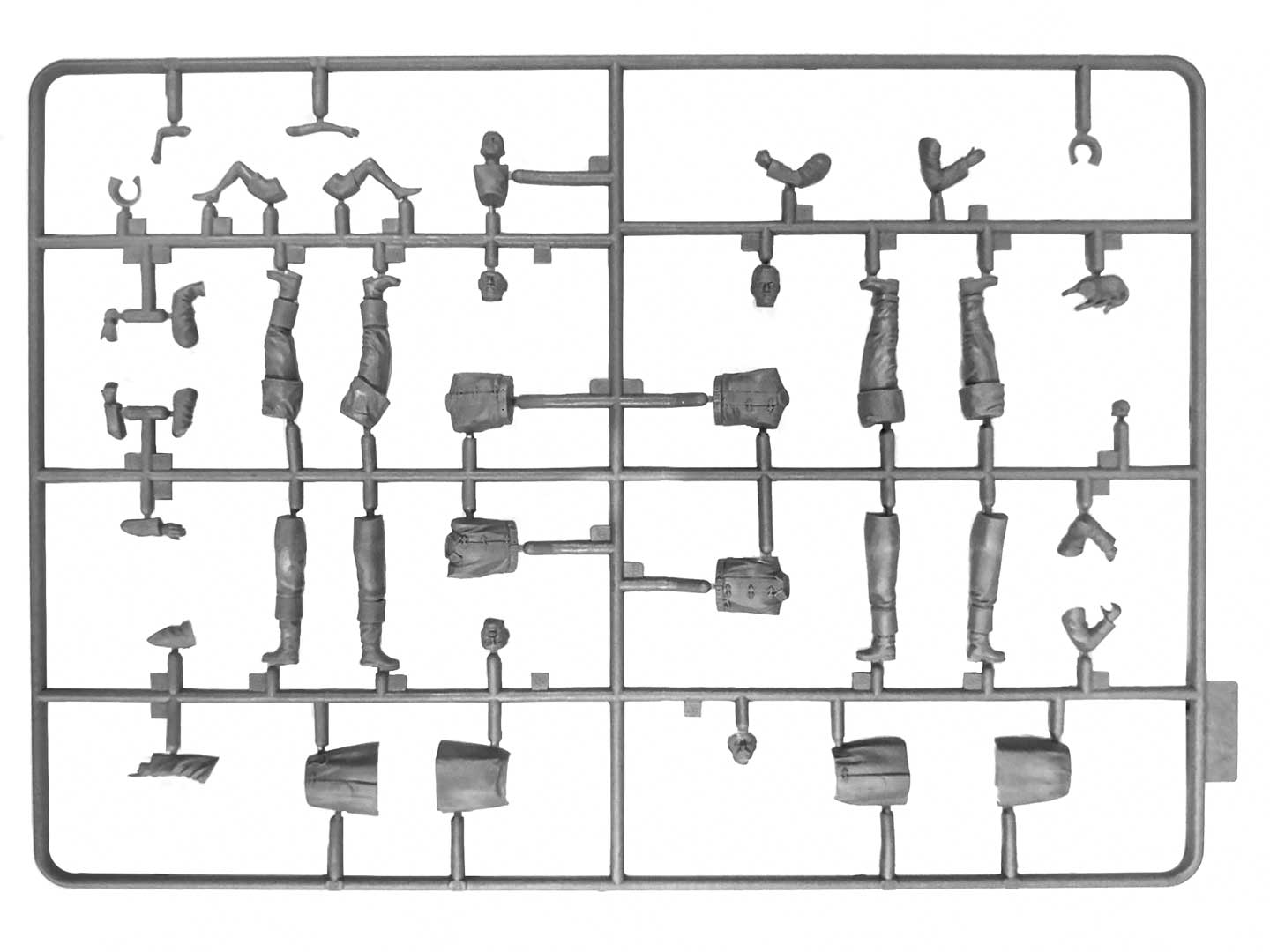
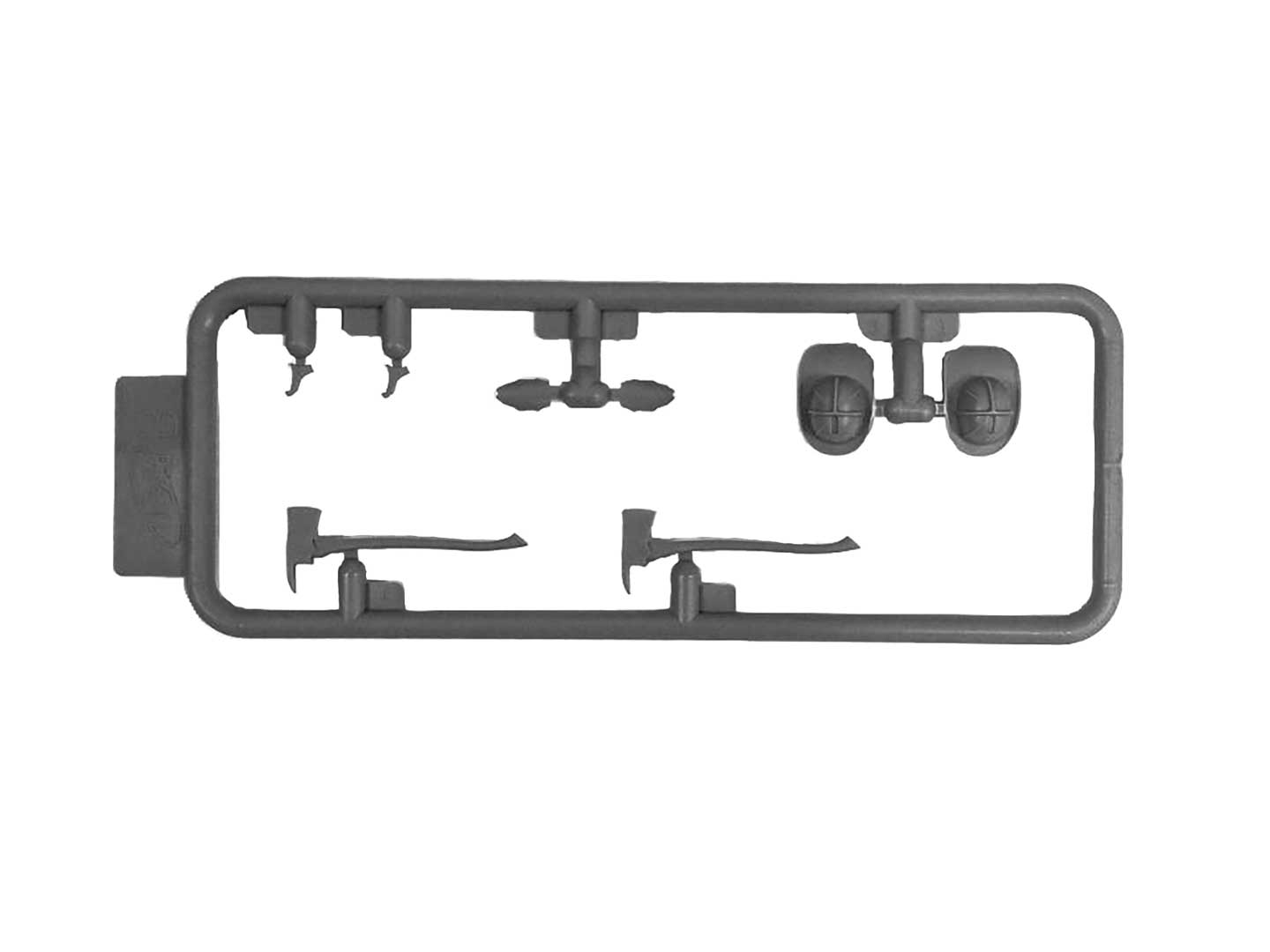
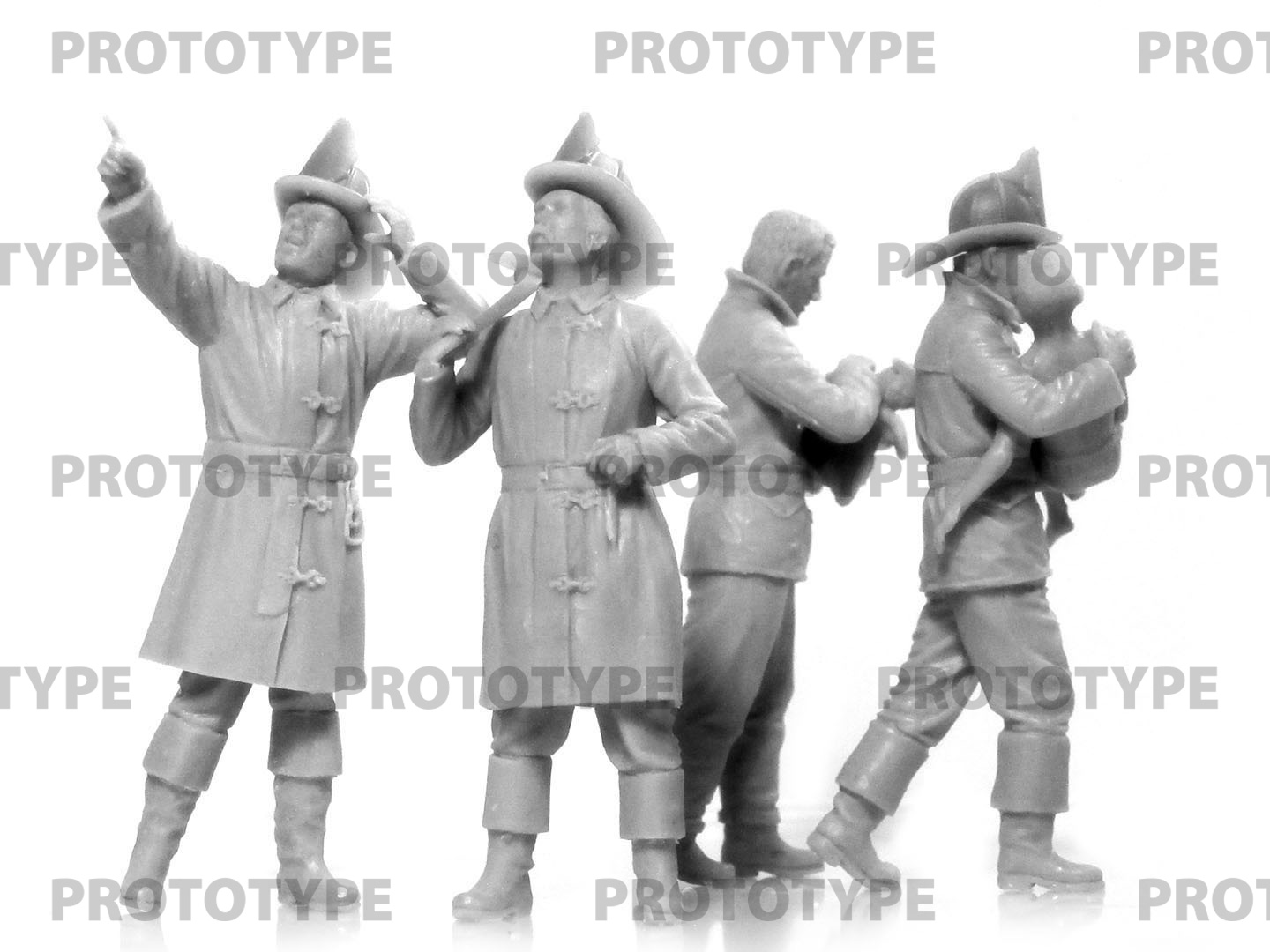
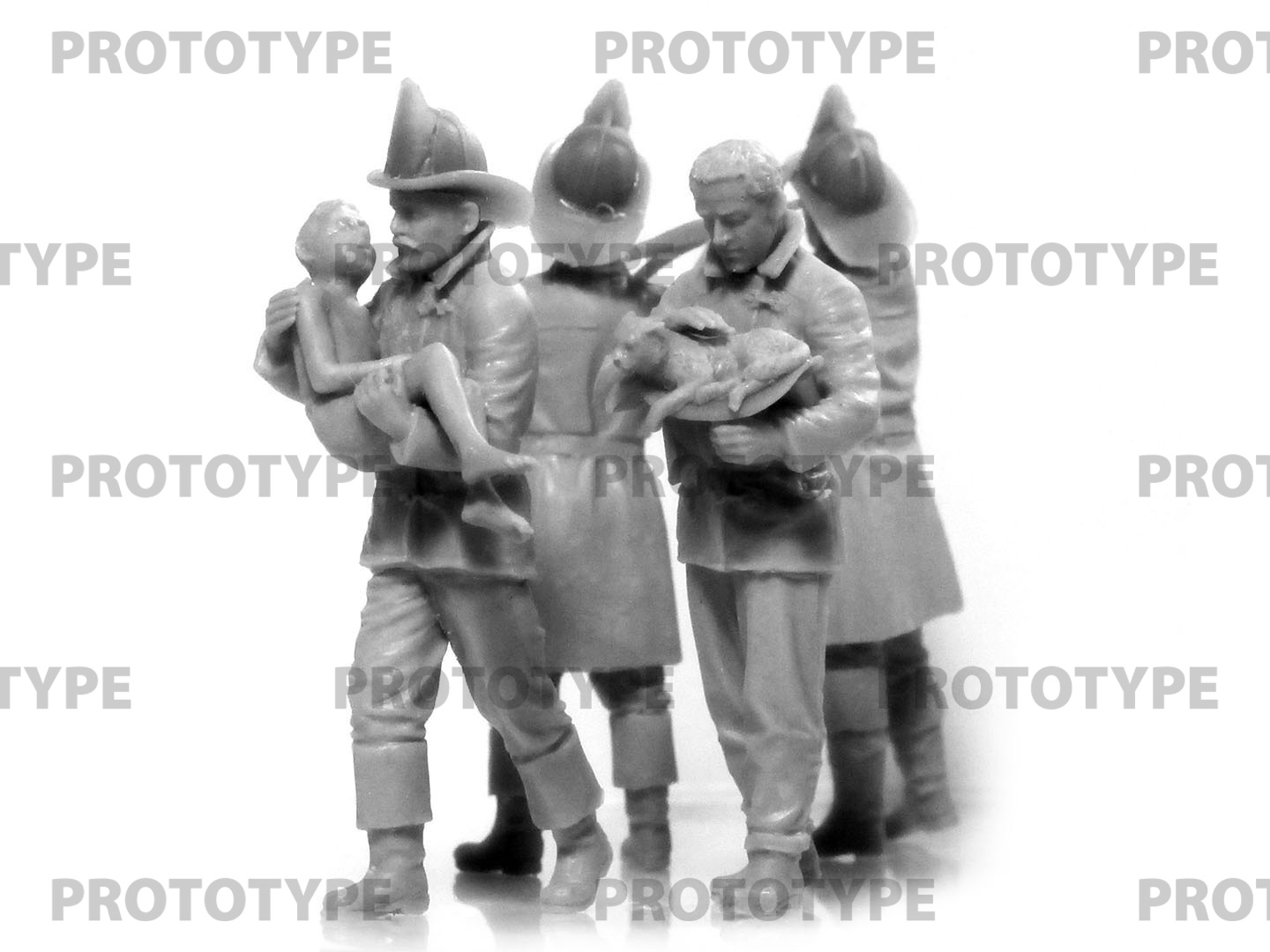
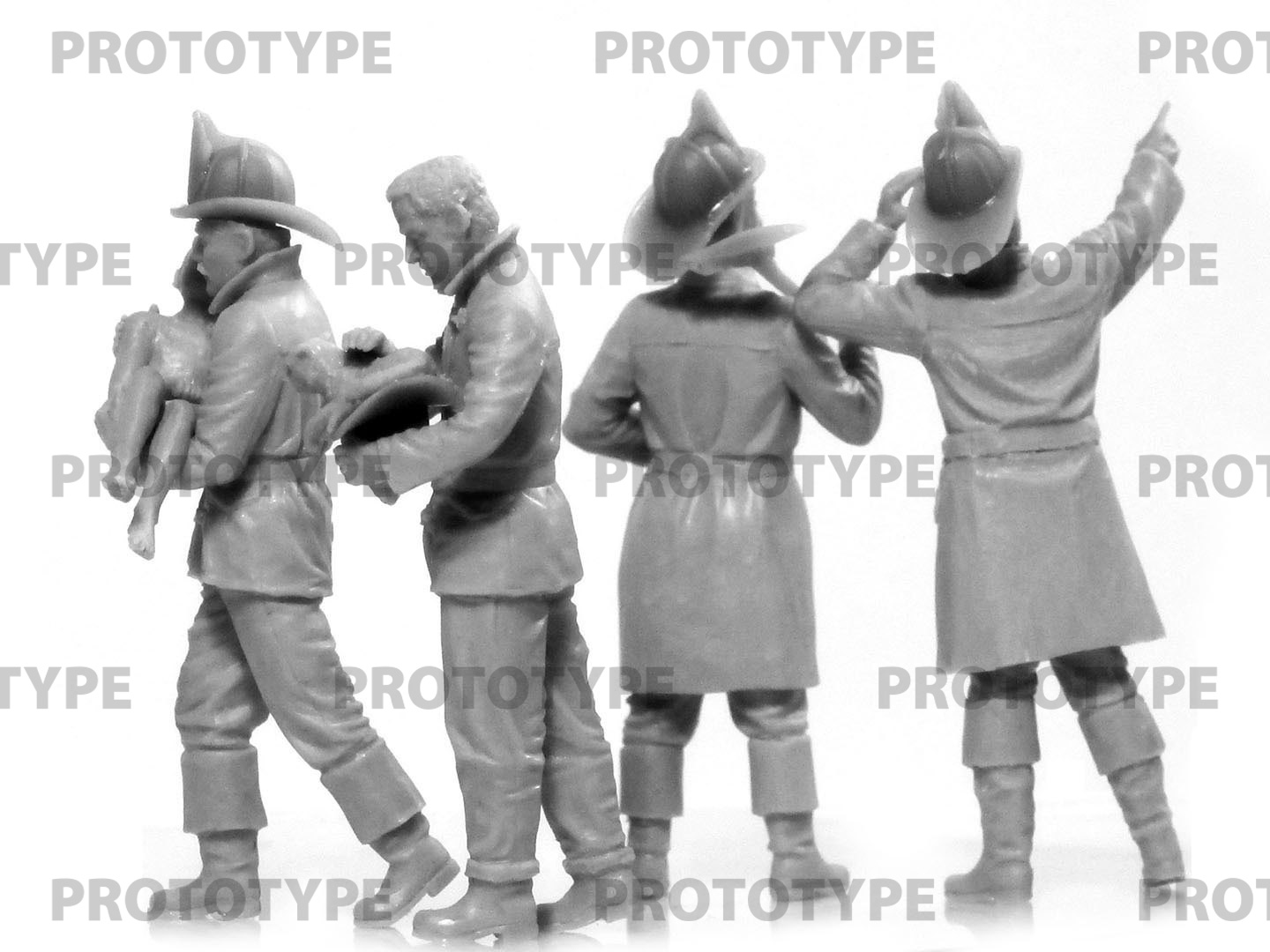
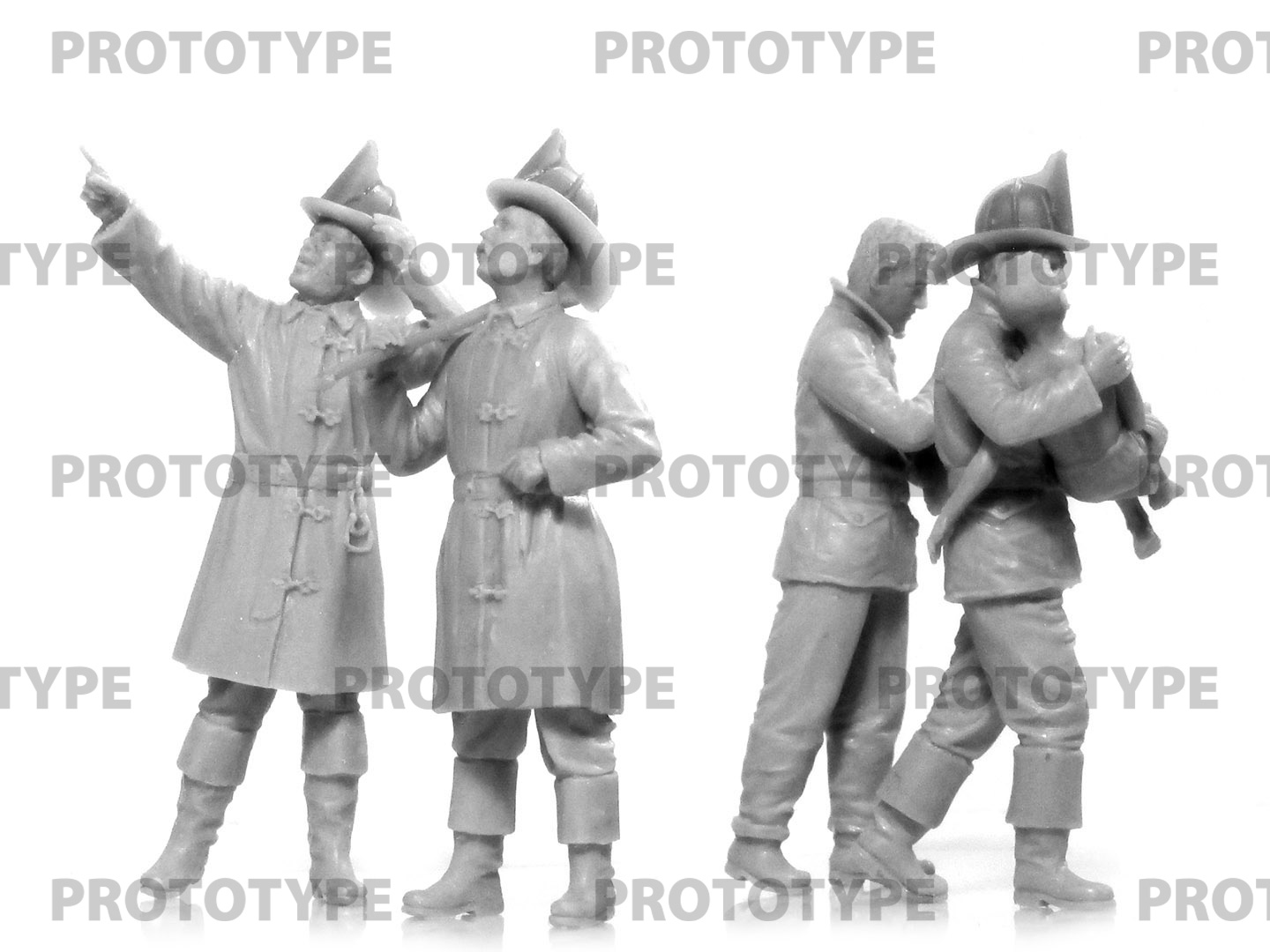


 Request of SDS product data file / Product security
Request of SDS product data file / Product security